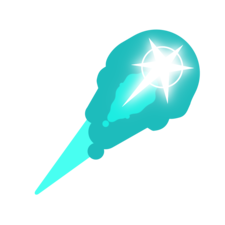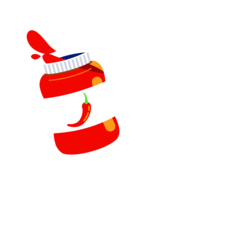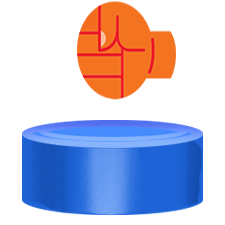Install Steam
login
|
language
简体中文 (Simplified Chinese)
繁體中文 (Traditional Chinese)
日本語 (Japanese)
한국어 (Korean)
ไทย (Thai)
Български (Bulgarian)
Čeština (Czech)
Dansk (Danish)
Deutsch (German)
Español - España (Spanish - Spain)
Español - Latinoamérica (Spanish - Latin America)
Ελληνικά (Greek)
Français (French)
Italiano (Italian)
Bahasa Indonesia (Indonesian)
Magyar (Hungarian)
Nederlands (Dutch)
Norsk (Norwegian)
Polski (Polish)
Português (Portuguese - Portugal)
Português - Brasil (Portuguese - Brazil)
Română (Romanian)
Русский (Russian)
Suomi (Finnish)
Svenska (Swedish)
Türkçe (Turkish)
Tiếng Việt (Vietnamese)
Українська (Ukrainian)
Report a translation problem















































1. Range cards don't do this in Arma, and even if they did, the map markings pretty effectively cover that base, and they're shared to boot.
2. If we were to replace the existing systems we use with a working set of range cards, it would be frustrating to get our whole group on the same page, it'd take many more total man-hours to update our cards, and our positions tend to change too frequently for that to be tenable.
3. Our group is chock full of high functioning r e - t a r d s that can barely count, let alone remember to update a drawing every few minutes during a firefight.
Thanks for the great tutorial though.